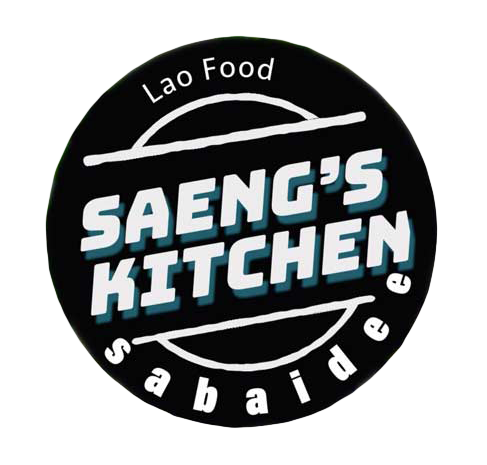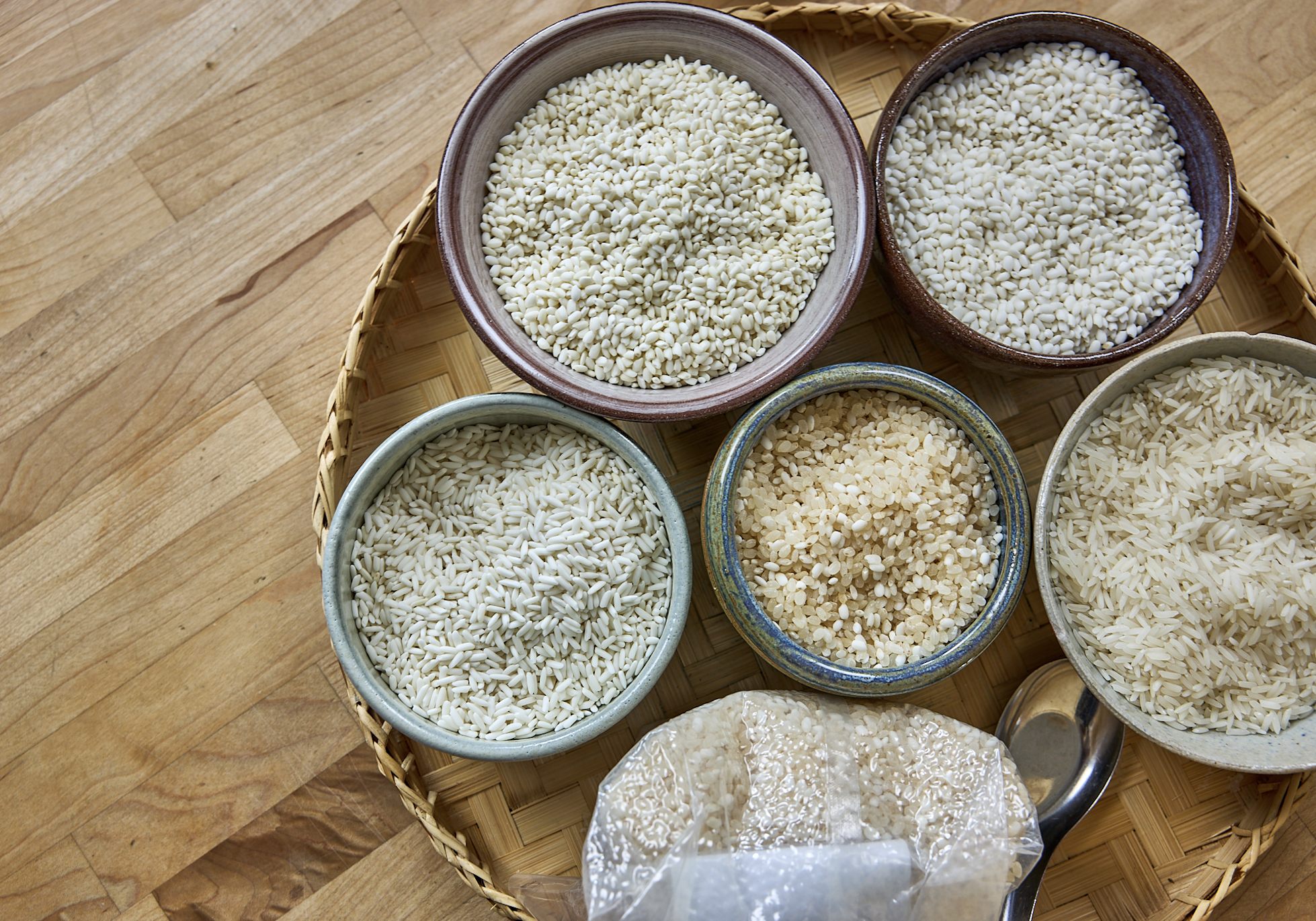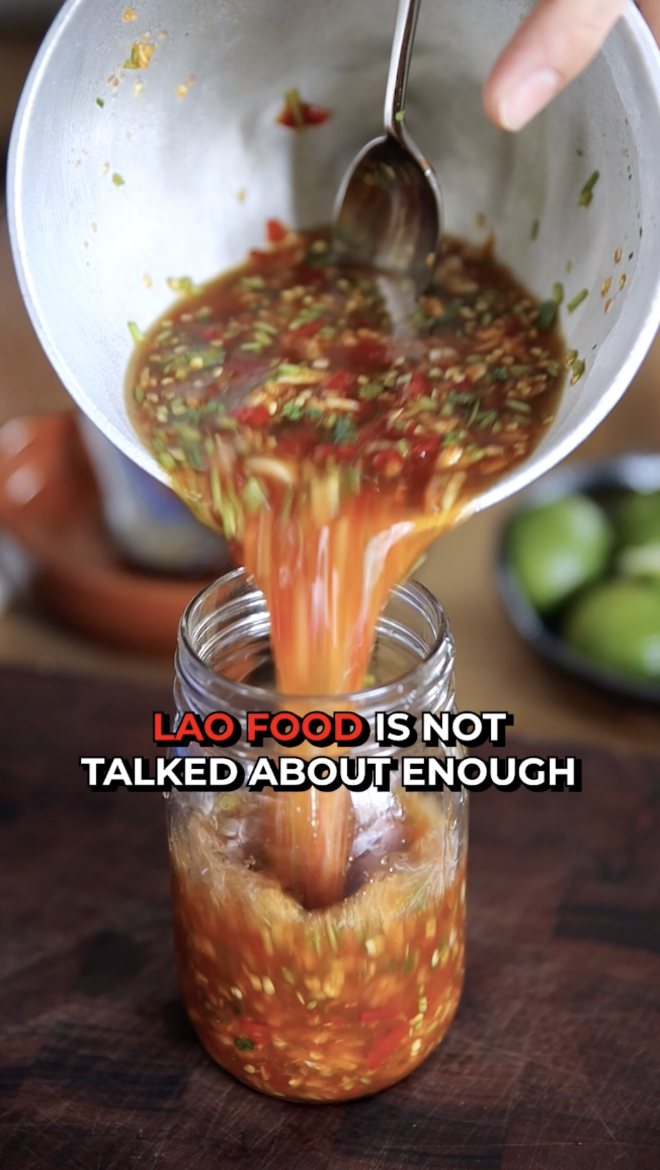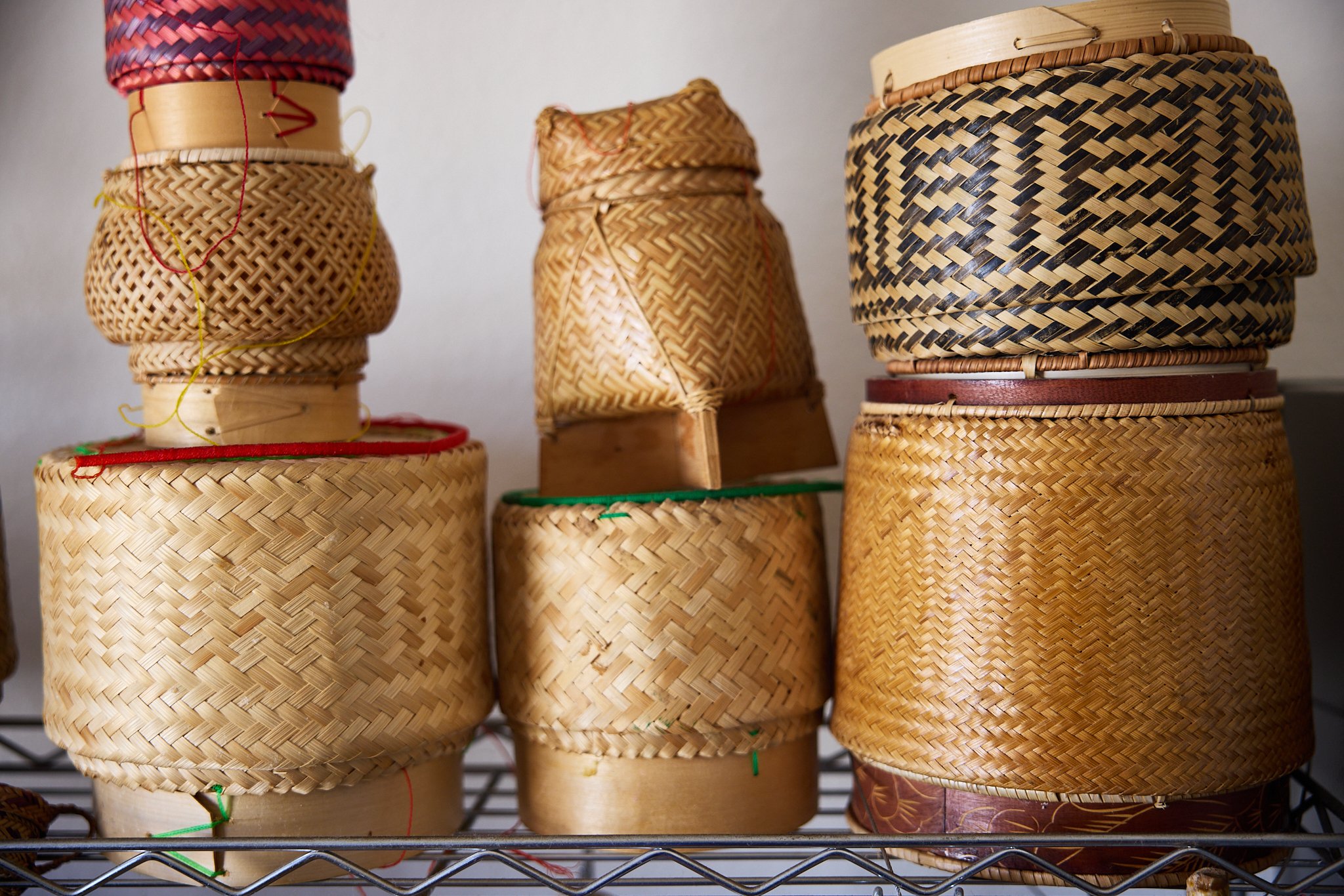How Lao Food Arrived in the US Through the American Secret War in Laos
Introduction To Lao Cuisine
Lao food is a hidden gem of Southeast Asia, originating from Laos, a landlocked country with a rich history and culinary tradition that has influenced the region for centuries. For an in-depth understanding, read the article “Lao Food 101: The Best of Lao Cuisine in 10 Dishes.” Due to wars and conflicts, Lao people and their food culture have spread across borders, notably to Thailand, where it is known as Isaan. The American Secret War further dispersed the Lao diaspora globally, with many settling in the United States. This article explores the history and impact of these events on Lao people and their cuisine.
The American Secret War In Laos (1964 1973)
During the Vietnam War, another conflict unfolded in secret, known as the American Secret War. This war remained covert because Laos was supposed to be neutral as established by the 1954 Geneva Conference. The CIA trained a guerrilla force in Laos, primarily composed of hill tribes such as the Hmong, Khmu, and Mien, to disrupt the North Vietnamese along the Ho Chi Minh trail, which ran parallel to the Laos-Vietnam border. Concurrently, the US conducted a covert air operation involving relentless bombing campaigns, dropping over 2.5 million tons of ordnance on Laos. This amounted to a planeload of bombs every eight minutes, 24 hours a day, for nine years, making Laos the most heavily bombed country per capita in history. As a result, hundreds of thousands of Laotians were displaced, villages were destroyed, and many refugees fled to the United States. Today, about a third of the bombs remain unexploded, posing ongoing dangers and making farming and daily activities hazardous.
Arrival Of Lao Refugees and Lao food To The Us
The displacement and refugee status of the Lao people changed the way the world came to understand and appreciate Lao food. Many members of the Lao diaspora arrived in the United States between 1975 and the 1990s, starting new lives with little more than the clothes on their backs and the recipes in their heads. Due to the war, Lao food did not have the opportunity to evolve or change, effectively freezing in time. As Lao families established themselves in the US, they began to incorporate their cuisine using available ingredients. They adapted popular dishes like laab and thum mak hoong by finding alternatives; for example, in the absence of unripe papaya, they used raw cabbage for a similar spicy salad. Without young river weed from the Mekong, they pureed spinach to make laab tao. Even ingredients like macaroni became popular in soups resembling khao piek sen.
Lao Restaurants And Businesses In The Us
Many educated Lao people had to start over in the US, as their qualifications were not recognized. Some attended technical schools to learn English, while others opened restaurants to make a living. Since Thai food was already well-known, many in the Lao community opened Thai restaurants across the US, aiming to succeed with a familiar cuisine. Gradually, these establishments began to label themselves as Lao/Thai to showcase their identity and introduce Lao dishes to the menu. This marked the beginning of an organic Lao food movement. As the community gained confidence, more restaurants began to focus solely on Lao cuisine, proudly centering their menus around traditional Lao dishes.
Preservation Of Lao Culture And Cuisine In The Us
Lao food was traditionally preserved through word of mouth in Laos. Today, it is being documented and shared through modern media like YouTube and written works. The presence of Lao restaurants, social media influencers, and culture camps across the US provides a solid foundation for the next generation to build upon. Personally, I am writing a Lao cookbook that will be published soon, and I hope it will contribute to the ongoing efforts to preserve our food and culture.
Influence On American Cuisine And Fusion Dishes
Thai cuisine in America has been directly influenced by Lao chefs, who have often worked in Thai restaurants. Lao people are renowned for their skill in cooking sticky rice, a staple of Lao cuisine. Today, the acceptance of fusion foods has led to the emergence of Lao American cuisine, blending traditional Lao flavors with American influences.
Organizations Advocating and Removing the Unexploded Bombs in Laos
Legacies of War: We raise awareness about the history of the American bombings on Laos, Cambodia, and Vietnam, provide space for healing the wounds of war, and create greater hope for a future of peace.
The UXO problem in Laos, Cambodia, and Vietnam has persisted for far too long. Too many innocent lives have been lost. Too many farmers and children have been left disabled, their lives forever changed. But it is not too late to stop this senseless suffering.
We’ve already proven positive change is possible.
Our vision is simple.
Clear Laos, Cambodia, and Vietnam as much as possible within our lifetime.
Cope: Their mission is to help people with mobility-related disabilities move on by supporting access to physical rehabilitation services in Laos. This organization was in part due to the increasing number of casualties from unexploded ordnance from bombs dropped on Laos during the Secret War (from 1964-1973). It is estimated that 15,000 survivors still require ongoing support.
Mag Laos: We find and destroy landmines, cluster munitions and unexploded bombs in places affected by conflict. We also work to limit the causes and address the consequences of armed violence in communities. Our work saves lives, eases suffering, protects human rights and contributes to sustainable peace and security. Since 1989, we have helped over 20 million people in 70 countries. MAG has worked in Laos since 1994. Working across Xieng Khouang and Khammouane provinces, they clear community land from unexploded bombs.










Sabaidee, I’m Saeng!
I’m a personal chef who specializes in Lao food. Here at Saeng’s Kitchen, you’ll find all your favorite traditional Lao foods and also some new twists to Lao style dishes.